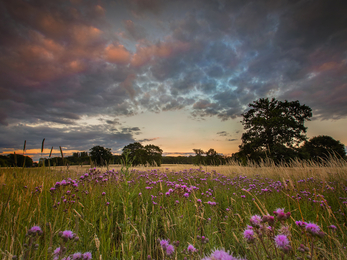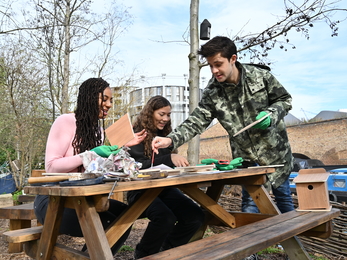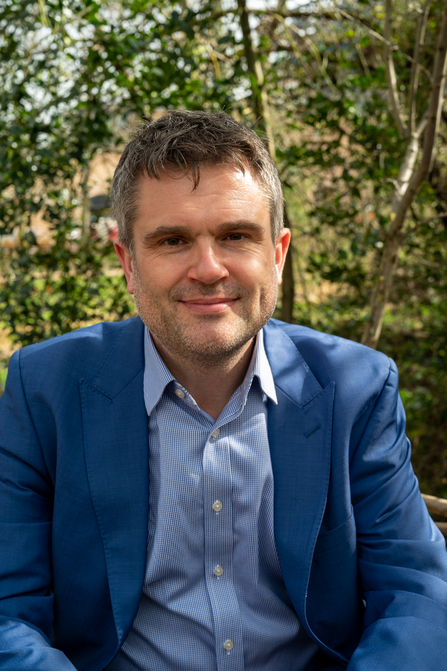New plans announced today will mean that people will be able to experience nature in a way that they may never have done before – with large, populated areas butting up against large rewilded landscapes, say The Wildlife Trusts. The charities’ new Strategy 2030, launched today, shows how people will be at the heart of vast nature restoration projects that will do more than just halt the decline of nature – they will reverse it instead.
The UK is one of the most nature-depleted countries in the world and, with 41% of species in decline since the 1970s plus 15% of species at risk of extinction, urgent action is required to stop hedgehogs, water voles, and red squirrels disappearing forever. The Wildlife Trusts plan to empower people to reverse the trend.
Craig Bennett, chief executive of The Wildlife Trusts, says:
“The situation is dire and nature needs to be put in special measures – we must ramp up action as never before by triggering a decade of nature restoration. Conservation of the wildlife and habitats that remain is no longer enough because what we’ve got left is so fragmented and diminished. In the past we’ve focused on preserving habitats and species – now we need to restore the abundance of nature, and with it, the ecosystem processes that’ll get nature working again.
“Despite the huge loss of wild places and wildlife that depends on them, there is hope. The UK has committed to protecting and managing 30% of land for nature by 2030 and we’re going to be working with all national governments and local authorities to make sure this happens.”





